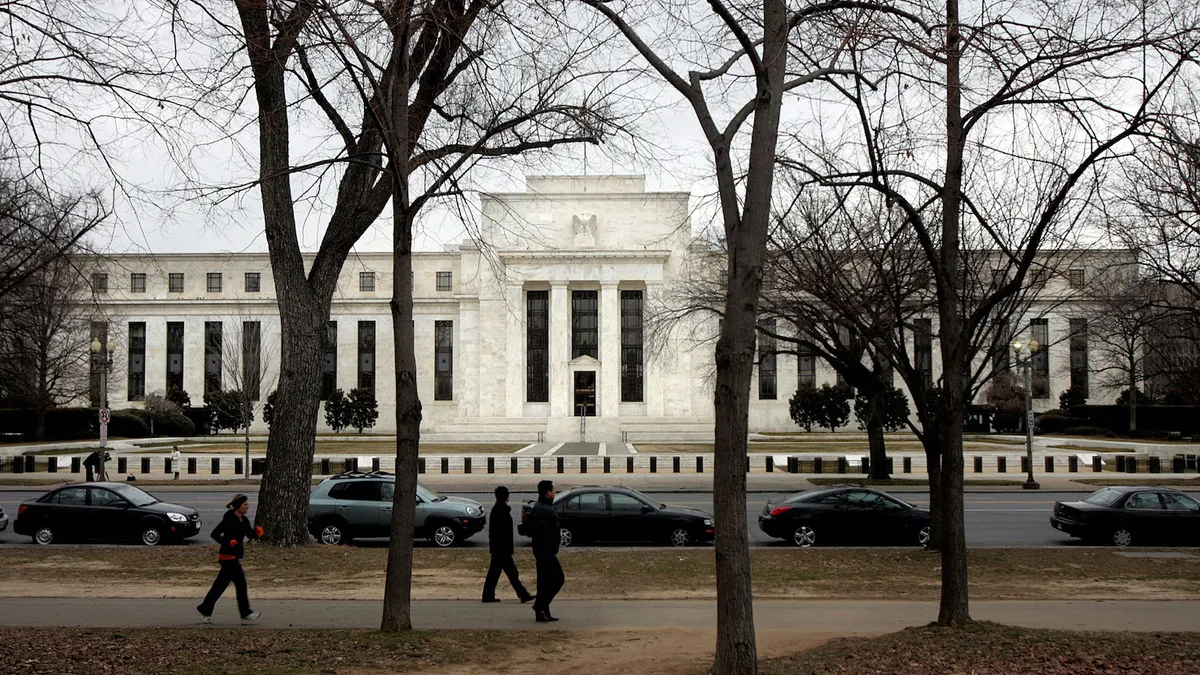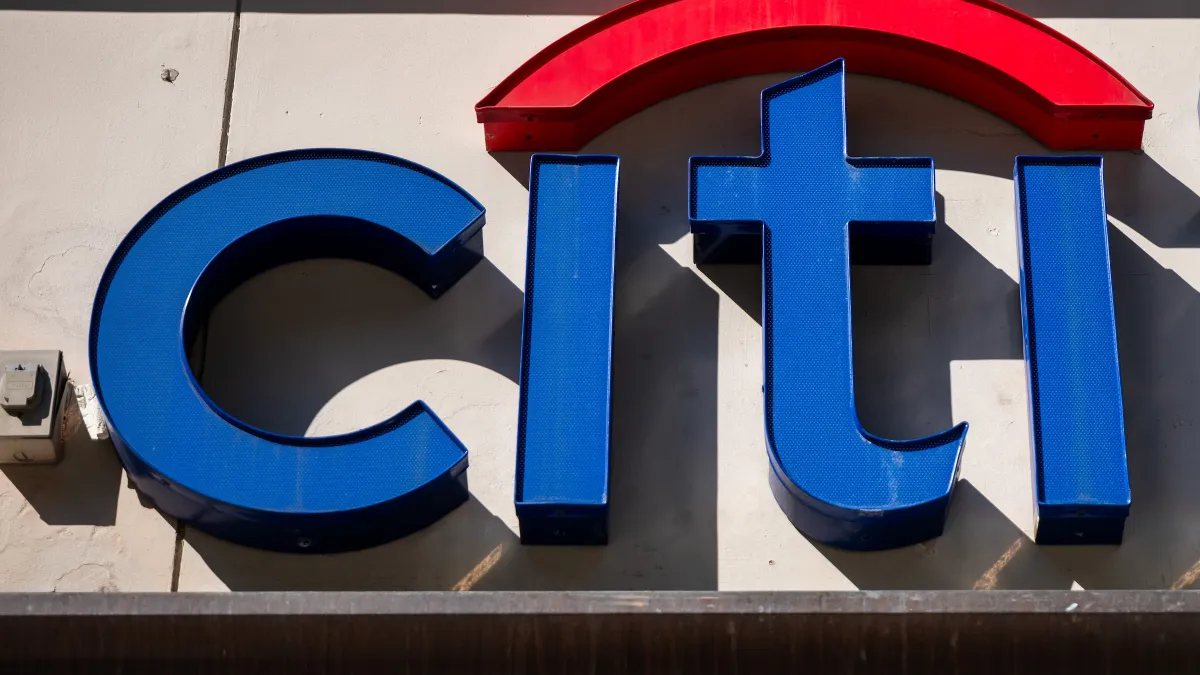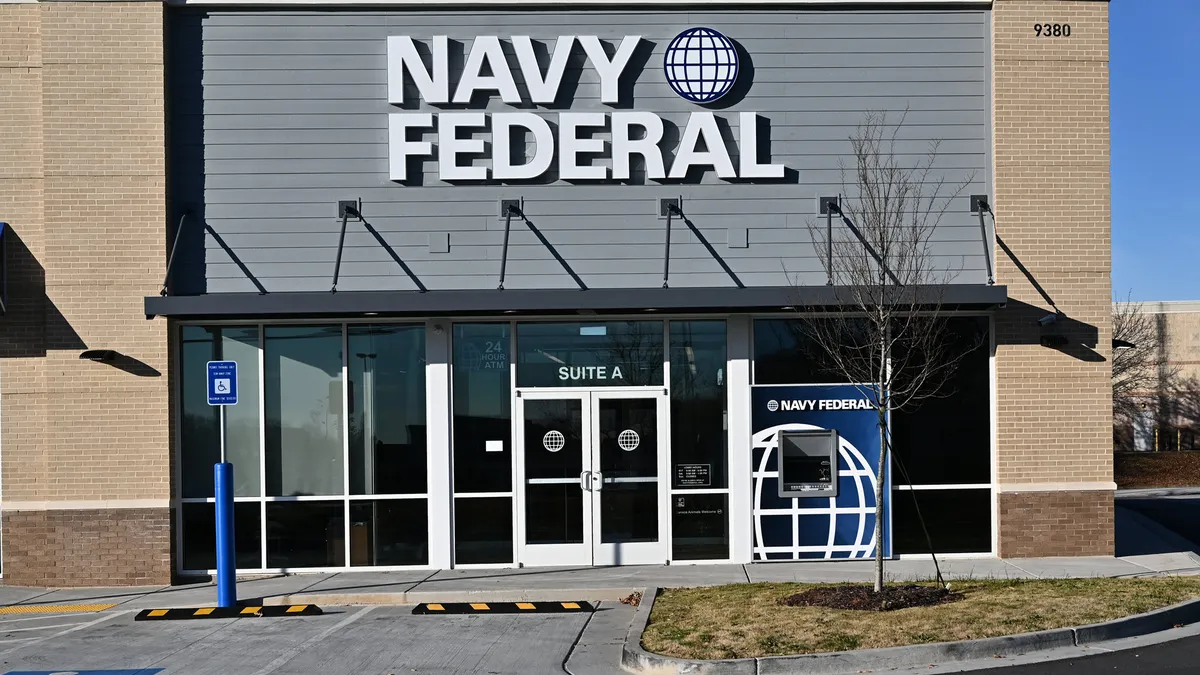The Federal Reserve had planned to start using a new standard for its Fedwire Funds Service that allows for the passing of more data with payments, but this week it has once again delayed the implementation date.
Previously, the Federal Reserve Financial Services unit planned to implement the new ISO 20022 standard for Fedwire payments as of March 10, but this week the central bank said in an online post that it would postpone that start of the new format to July 14.
The existing format for the Fedwire payments has been in place for decades so it’s no easy shift for such payments, often used in real estate transactions, major commercial transactions and tax payments. Banks and credit unions must upgrade their technology, or team with vendors to do so, so they can adopt the new approach. Some have made the adjustments, but others have not.
“ISO 20022 is one of the biggest payments standard changes of the 21st century, and every U.S. bank has put in serious effort to meet the deadline — but readiness isn’t the same across the board,” said Accenture Managing Director Gary Stein, who leads the consulting firm’s payments practice.
While big banks have been able to move more quickly, smaller regional banks and credit unions are still racing to catch up, Stein said by email. “The Fed’s decision to push the Fedwire deadline to July gives them some much-needed breathing room and will help ensure a smoother transition without disrupting critical payments services,” he said.
The Fed essentially said the same thing, explaining that the postponement would give the laggard banks and vendors more time to prepare for the standard switch.
“The industry has made significant progress and accomplished many key milestones,” the Fed said in the post. “However, after careful consideration of industry requests and assessment of customer readiness, FRFS has decided to reschedule.”
Bank modernization effort might be delayed
Importantly, the move to the new ISO standard for Fedwire payments goes beyond a formatting change for those payments. The Fedwire shift has prompted many financial institutions to take steps in modernizing their systems, some of which still operate with 1960s COBOL computer programs.
So the delay also means that some of the approximately 9,000 U.S. banks and credit unions may drag their feet another four months in modernizing their capabilities along with embracing the new ISO standard. With this modernization push, financial institutions will be able to use richer and more structured data that allows for better business practices and more tools, including those aimed at fighting fraud.
“With structured data covering invoices, product codes, and exchange rates, banks can help customers cut down on reconciliation headaches and make better real-time decisions,” Stein said. “When combined with ERP systems, Gen AI, and advanced analytics, this data can transform how businesses manage supply chains, negotiate vendor pricing, and optimize liquidity."
Some banks and credit unions have had more difficulty than others keeping up with the speed of innovation and the shift to the ISO standard might give them the chance to rev up their modernization plans, Finzly CEO Booshan Rengachari said in an interview late last month.
Having a critical mass of financial institutions on board with the ISO change is imperative for the system to work well, Rengachari said. “95% is ideal, but anything less than 90% is going to be a problem,” he said.
It’s not the first time the Fed has had to delay the ISO standard implementation date, and it suggested that it may consider extending again, if necessary. In the post, the Fed said that it would decide on a “go” or “no-go” for the July date by June 27.
Keeping up with other countries requires investment
It’s not just financial institutions that need to be ready, so do other payments players that are involved in the payments flow, said Mihail Duta, director of global solutions consulting and payments at London-based Finastra. Duta believes this extension will pressure financial institutions to be ready, with the Fed unlikely to extend the deadline again.
It’s difficult to estimate the cost of preparing for the change because different financial institutions will take different paths to the upgrade, Duta said in an interview Tuesday. Some financial institutions will simply have an outside vendor prepare them for this specific upgrade, but others will take this opportunity to more fully modernize their systems, he said.
The additional five months could also play a role in which path they take, he said. It will be “interesting to see now with this five months delay, how many banks that were in the first category the first time around are maybe revisiting their approach,” said Duta, whose company provides technology services to financial institutions.
Rengachari, whose firm also services banks, is thinking along the same lines. “With the ISO compliance deadline now extended to July, banks and [credit unions] have a real opportunity to go beyond just meeting the timeline requirements,” Rengachari said by email after the Fed’s decision to postpone. “The question is, how will banks use this extra time? Will they settle for short term quick fixes, or will they invest in solutions that tap into ISO’s full potential?”
The move to the international standard is also about keeping the U.S. in sync and up to date with other countries’ payments systems.
“This shift is setting the stage for a data-driven payments ecosystem that improves insights, reduces friction, and helps keep the U.S. competitive as markets like the EU and Brazil push forward with their own modernization standards,” Stein said.






















